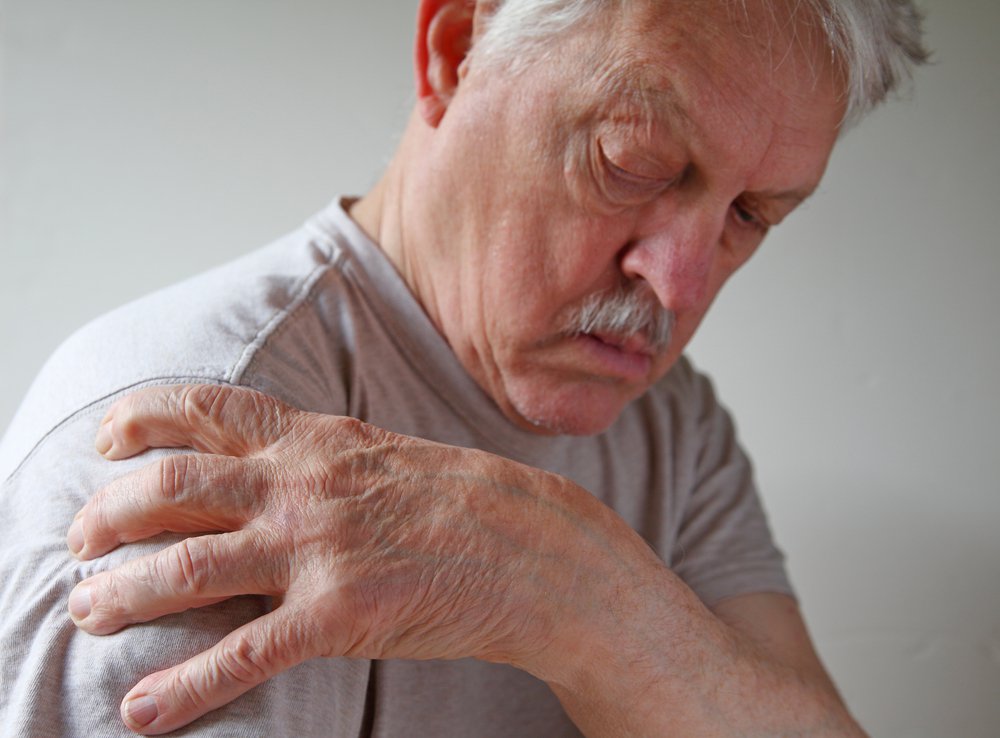
A rotator cuff tear is a common injury that many people experience, especially those who engage in sports or jobs with repetitive overhead movements. It is a painful condition that affects the shoulder and can make daily activities difficult. People with rotator cuff tears often struggle with basic tasks such as lifting objects, reaching behind their backs or even combing their hair. The pain and discomfort can impact one's quality of life and require a prolonged recovery period.
If you have experienced a rotator cuff tear, our top shoulder orthopedic surgeons at Jefferson Orthopedic Clinic are highly-trained in treating shoulder injuries from non-invasive to full shoulder surgery.
Here is how to know if you have a rotator cuff tear.
What Is A Rotator Cuff Tear?
A rotator cuff tear is a common injury that occurs when one or more of the tendons in the rotator cuff become torn. The rotator cuff is a group of muscles and tendons that surround the top of the humerus or upper arm bone, and help to stabilize and move the shoulder joint. The tendons in the rotator cuff can become damaged or torn due to wear and tear, overuse, or sudden trauma, such as a fall or lifting a heavy object.
Treatment for a rotator cuff tear may include rest, physical therapy, and in some cases, surgery to repair the torn tendon. It is important to seek medical attention if you suspect a rotator cuff tear, as early treatment can help prevent further damage and improve the chances of a successful recovery.
What Are The Symptoms?
Rotator cuff tear symptoms can vary depending on the severity of the tear and the individual's overall health. However, one of the most common symptoms of a rotator cuff tear is pain in the shoulder. This pain may be dull or sharp and may be felt when lifting or lowering the arm or when lying on the affected side. Individuals with a rotator cuff tear may also experience weakness in the shoulder, which can make it difficult to perform certain activities such as reaching overhead or carrying heavy objects.
Stiffness and limited range of motion in the shoulder may also occur. In some cases, a person may hear a clicking or popping sound when moving the affected arm. If the rotator cuff injury is severe, noticeable swelling or bruising may be present around the shoulder or upper arm. These symptoms may worsen over time without proper treatment, so it is important to seek medical attention if you are experiencing any of these symptoms.
How Is A Rotator Cuff Tear Diagnosed?
A rotator cuff tear is typically diagnosed by a doctor or orthopedic surgeon through a combination of physical examination and medical tests. During the physical examination, the doctor will assess the patient’s range of motion, strength, and any pain or discomfort in the shoulder. Imaging tests such as an X-ray, MRI or ultrasound may also be used to identify the specific nature and location of the tear.
These tests can visualize the rotator cuff and surrounding structures, and help the doctor to determine the severity of the tear and any associated damage. The final diagnosis is based on the findings from both the physical exam and diagnostic imaging tests.
How Is It Treated?
Rotator cuff tear treatment depends on the severity of the tear, as well as the patient's age, health status, and lifestyle. In most cases, non-surgical treatments are recommended before resorting to surgical intervention. Non-surgical treatments include rest, ice, and physical therapy for a partial tear. Physical therapy aims to help improve the strength and flexibility of the muscles surrounding the shoulder joint, as well as to reduce pain and inflammation. Patients may be prescribed pain medication or anti-inflammatory drugs to manage the symptoms of the rotator cuff tear. If these non-surgical treatments do not alleviate the symptoms, surgery may be required.
What Does Rotator Cuff Surgery Entail?
The surgery typically involves a minimally invasive approach using arthroscopic techniques with small incisions made in the skin around the shoulder joint to accommodate a specialized camera, which guides the surgical tools. The surgeon will then use specialized tools to remove any damaged tissue and repair the torn rotator cuff using sutures or anchors. The type of sutures and anchors used depends on the size and severity of the tear. The procedure usually takes a few hours, and it is performed under general anesthesia so that the patient is asleep during the surgery.
After the surgery, a sling is worn for a few weeks to protect the shoulder, followed by physical therapy to regain full function of the joint. Recovery time varies depending on the extent of the surgery and the patient's health, but it often takes several months.
It is important to consult your doctor or orthopedic surgeon if you are experiencing any of the symptoms associated with a rotator cuff tear, as early diagnosis and treatment can help minimize the severity of the condition and facilitate faster recovery. With proper medical care and rehabilitation, most individuals with rotator cuff tears can make a full recovery.
If you are experiencing a rotator cuff tear or shoulder pain, contact our team of top shoulder orthopedic surgeons to receive an evaluation and take the necessary steps. Contact our office at Jefferson Orthopedic Clinic or schedule a free consultation directly online today.
